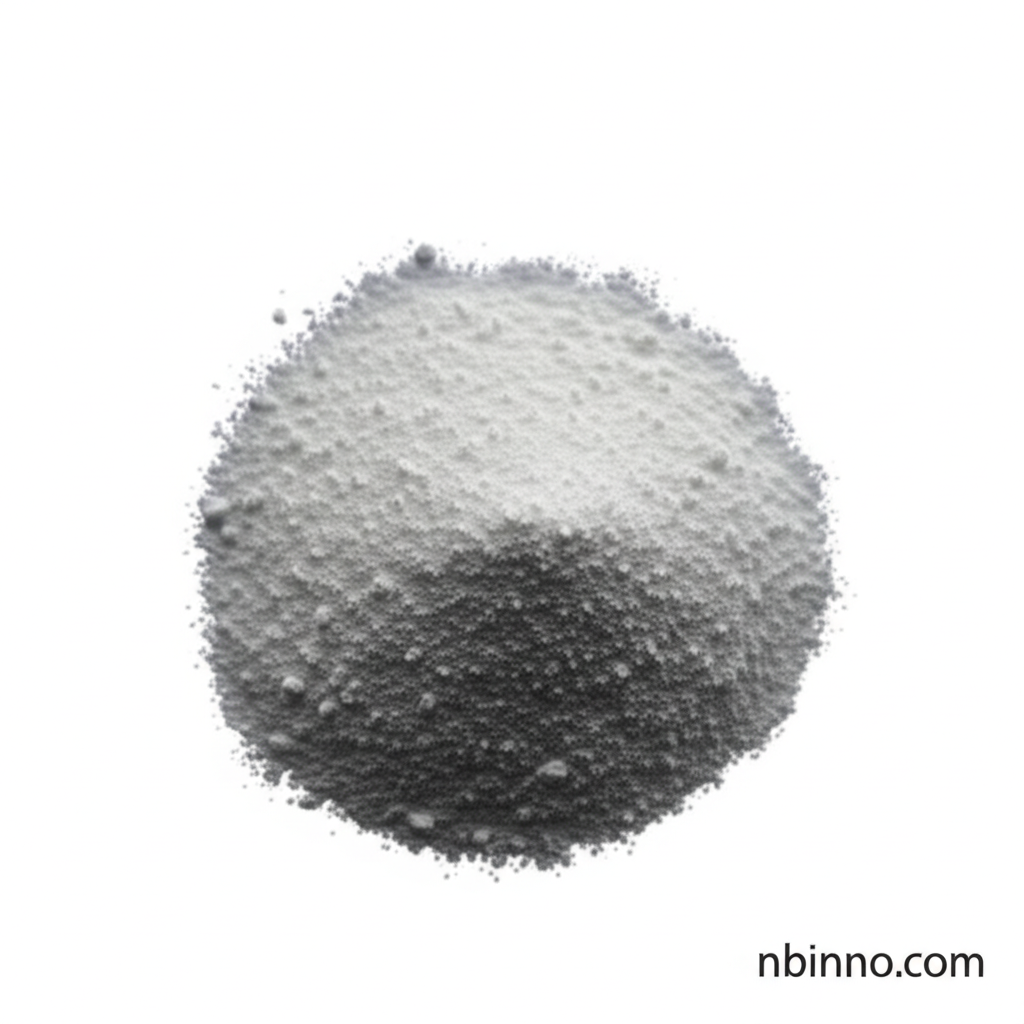4-Bromo-2,6-difluoroiodobenzene: A Versatile Halogenated Aromatic Intermediate
Unlock complex molecular structures and advanced material properties with this key building block.
Get a Quote & SampleProduct Core Value

4-Bromo-2,6-difluoroiodobenzene
This compound is a crucial intermediate in the field of organic synthesis and materials science. Its unique structure, featuring bromine, fluorine, and iodine atoms, allows for a wide range of chemical transformations, making it indispensable for creating complex molecules and advanced functional materials. Its applications span from pharmaceutical intermediates to cutting-edge electronic materials.
- Introduction to 4-bromo-2,6-difluoroiodobenzene synthesis showcases efficient methods for its preparation, crucial for its availability as a building block.
- High reactivity in cross-coupling reactions, such as Suzuki-Miyaura and Stille couplings, allows for the selective formation of carbon-carbon bonds, vital for synthesizing complex organic molecules.
- Applications in materials science, particularly in the development of OLEDs and photoactive materials, highlight its importance in advanced technological fields.
- Understanding nucleophilic aromatic substitution is key to leveraging this compound's reactivity for further functionalization and the creation of novel chemical entities.
Advantages Provided by the Product
Versatile Reactivity
The presence of multiple halogen atoms facilitates diverse chemical reactions, including palladium-catalyzed reactions, enabling the synthesis of a broad spectrum of organic compounds.
Key Building Block
As a crucial component in organic synthesis, it aids in constructing intricate molecular architectures for pharmaceuticals and fine chemicals.
Material Innovation
Its utility in creating novel liquid crystalline compounds and photoactive materials positions it at the forefront of technological advancements in electronic applications.
Key Applications
Organic Synthesis
Serves as a critical intermediate for synthesizing complex molecules via cross-coupling reactions and other advanced synthetic methodologies.
Materials Science
Integral in the development of materials for OLEDs, solar cells, and other electronic devices, benefiting from its unique electronic properties.
Pharmaceutical Intermediates
Enables the efficient synthesis of drug candidates by introducing specific halogenated aromatic fragments, supporting the development of new therapeutics.
Liquid Crystals
Used in the preparation of liquid crystalline compounds, contributing to advancements in display technology and other optical applications.
